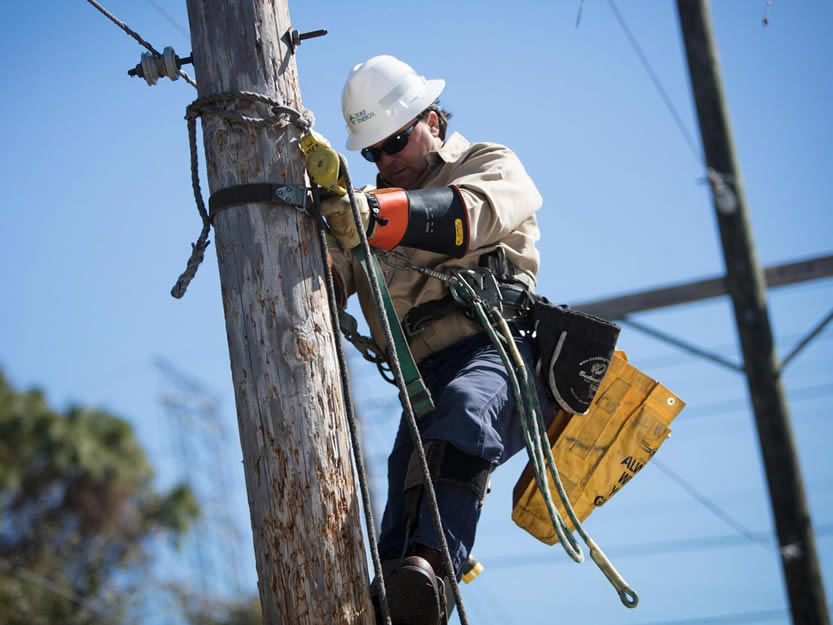Severe weather can be devastating, resulting in facility damage and lost revenue. While employee safety is the first order of business, it's also important to reduce the impact of a storm on operations. Is your facility ready? Storm preparedness should include emergency action procedures to ensure the safety of your staff and facility, as well as adequate backup power for critical equipment.
Storm safety procedures
These steps should help keep your staff and facility safe from harm in the event of a storm:
- Create an emergency action plan that includes evacuation procedures, contact information for local first responders and emergency contact information for all employees.
- Put together an emergency preparedness kit, which should include water bottles, non-perishable food, blankets, first-aid supplies, flashlights and a battery-powered radio.
- Contact your state emergency management office for information about local shelters, evacuation plans, emergency exit routes and more.
- Make sure the grounds around your facility are free of heavy debris that could cause damage during high winds, and trim trees to prevent limbs from falling on buildings.
- Choose a safe area in your facility in case of a storm warning. This area should be located in a basement (if available) or a ground-level room with no windows.
Preventing damage from floods
Severe flooding can damage buildings and critical equipment and destroy valuable records. These measures can reduce the risk of damage to your facility:
- Develop a plan with actions to take in the event of a flood. Include key responsibilities, emergency contacts and evacuation procedures.
- Prioritize equipment and records that require moving to a higher elevation or removing from the premises.
- Consider flood proofing. Depending on the risk of flooding in your area, permanent flood-proofing measures may be a good investment.
While flooding can occur almost anywhere, some areas are at higher risk. If you're in a flood-prone area, consider adding flood insurance. For more information, contact your insurance carrier or the National Flood Insurance Program.
Keeping outdoor workers safe
Outdoor workers are exposed to a variety of weather conditions, but lightning poses a particular threat. Businesses with fleet vehicles or outdoor work crews should have a plan to keep workers safe. The following are some general safety tips:
- Monitor for reports of severe weather conditions in your area.
- Safe shelter areas include substantial buildings, enclosed metal vehicles or low ground.
- Stay away from metal objects, open areas or water.
- Wait at least 30 minutes after the last lightning strike before returning to work.
Educate workers on safety procedures they should follow if severe weather occurs, including what shelter is available to them.
After the storm
While your electric power is very reliable, outages do happen. By planning ahead, you can get back to business quickly and reduce financial loss.
Backup power is necessary to maintain mission-critical equipment during an outage. Portable and permanent generators of various sizes are available. Work with your supplier to determine the right size and type to fit your needs. Operate generators according to manufacturer's recommendations, and never connect generators to your electrical system; they can backfeed and endanger lineworkers.
Continuity planning includes a comprehensive statement of actions to be taken during and after a storm or any other emergency that interrupts business. The objective is to continue operations and return to full capacity as quickly as possible. When creating a plan, determine what processes, equipment and other resources are essential for staying in business. Develop procedures to get those resources in place as quickly as possible.
If you are interested in learning more about preparing for emergencies, staying safe and reporting outages, visit Storm Center Business and Report Outages to read more.



